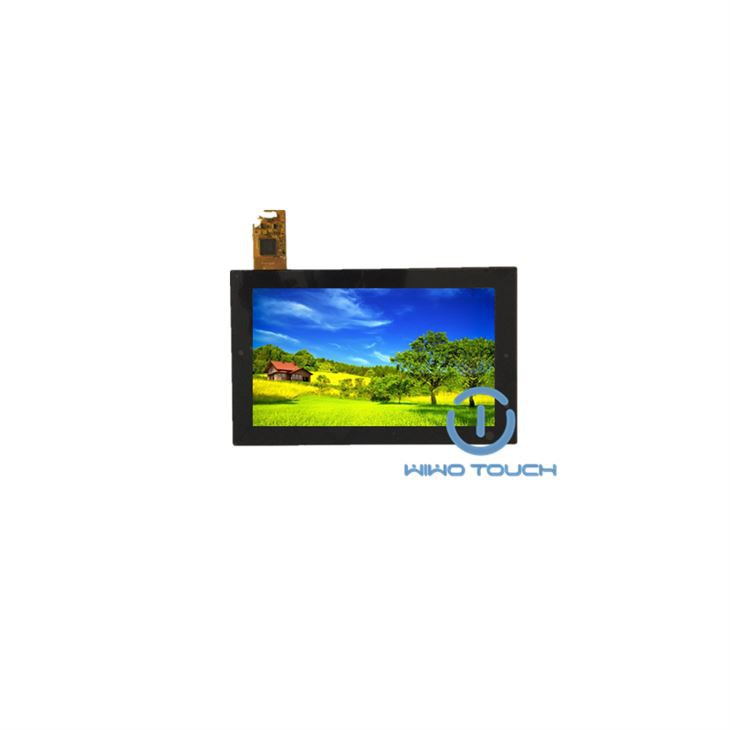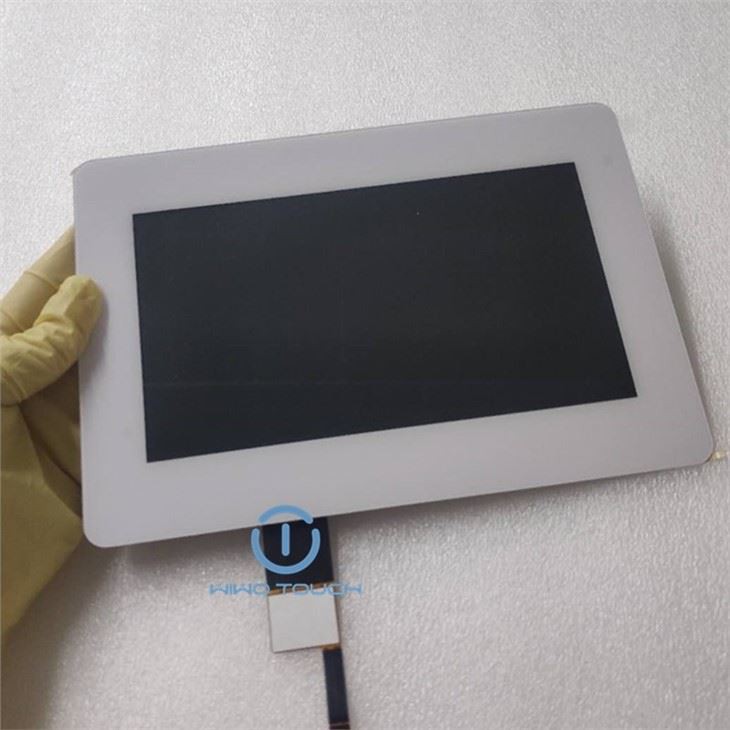As a seasoned multi-touch panel supplier, I've witnessed firsthand the growing demand for these innovative devices across various industries. The versatility and interactivity of multi-touch panels have revolutionized the way we interact with technology, from consumer electronics to industrial applications. However, choosing the right multi-touch panel can be a daunting task, considering the numerous factors to consider. In this blog post, I'll share some valuable insights and tips to help you make an informed decision when selecting a multi-touch panel for your specific needs.
Understanding Your Requirements
The first step in choosing a multi-touch panel is to clearly define your requirements. Consider the following aspects:
Application
Determine the intended application of the multi-touch panel. Is it for a consumer product, such as a tablet or a smartphone? Or is it for an industrial application, like a control panel or a kiosk? Different applications have different requirements in terms of durability, touch sensitivity, and display quality.
Size
The size of the multi-touch panel is an important factor to consider. It should be appropriate for the intended application and the available space. For example, a small-sized panel may be suitable for a handheld device, while a larger panel may be required for a public kiosk or a digital signage display.
Resolution
The resolution of the multi-touch panel determines the clarity and sharpness of the displayed image. Higher resolution panels offer better image quality, but they also tend to be more expensive. Consider the level of detail required for your application and choose a panel with an appropriate resolution.
Touch Technology
There are several types of touch technologies available for multi-touch panels, each with its own advantages and disadvantages. The most common types include resistive, capacitive, and infrared touch technologies.
- Resistive Touch Technology: This technology uses a pressure-sensitive layer to detect touch input. It is relatively inexpensive and can be used with a stylus or a gloved hand. However, it has lower touch sensitivity and may not support multi-touch gestures as well as other technologies.
- Capacitive Touch Technology: Capacitive touch panels use the electrical properties of the human body to detect touch input. They offer high touch sensitivity, support multi-touch gestures, and provide a smooth and responsive touch experience. However, they are more expensive than resistive panels and may not work with gloves or non-conductive objects.
- Infrared Touch Technology: Infrared touch panels use infrared light beams to detect touch input. They are highly durable, support multi-touch gestures, and can be used with any object, including gloves. However, they may be affected by ambient light and require regular calibration.
Evaluating the Quality and Performance
Once you have a clear understanding of your requirements, it's important to evaluate the quality and performance of the multi-touch panels you are considering. Here are some key factors to look for:
Touch Sensitivity
The touch sensitivity of a multi-touch panel determines how easily it can detect touch input. A panel with high touch sensitivity will respond quickly and accurately to touch gestures, providing a smooth and responsive user experience. Look for panels that offer adjustable touch sensitivity to accommodate different user preferences and applications.
Multi-Touch Support
If your application requires multi-touch gestures, such as pinch-to-zoom or two-finger scrolling, make sure the panel you choose supports multi-touch functionality. Check the number of simultaneous touches the panel can support and ensure it meets your requirements.
Durability
The durability of the multi-touch panel is an important consideration, especially for industrial applications or public use. Look for panels that are made of high-quality materials and have a robust construction. Consider factors such as scratch resistance, shock resistance, and environmental protection.
Display Quality
The display quality of the multi-touch panel affects the visibility and readability of the displayed content. Look for panels with high brightness, good contrast ratio, and wide viewing angles. Consider the color accuracy and uniformity of the panel to ensure that the displayed image looks vibrant and true to life.
Considering the Cost and Compatibility
In addition to the quality and performance, the cost and compatibility of the multi-touch panel are also important factors to consider. Here are some tips to help you make a cost-effective decision:


Price
Compare the prices of different multi-touch panels from various suppliers. Keep in mind that the price may vary depending on the size, resolution, touch technology, and other features of the panel. Look for a panel that offers a good balance between price and performance.
Compatibility
Make sure the multi-touch panel you choose is compatible with your existing hardware and software systems. Check the interface options, such as USB, HDMI, or VGA, and ensure that they are compatible with your device. Consider the operating system requirements and make sure the panel is supported by the software you plan to use.
Support and Warranty
Choose a supplier that offers reliable technical support and a comprehensive warranty for their multi-touch panels. This will ensure that you have access to assistance in case of any issues or problems with the panel. Look for a supplier that has a good reputation and a track record of providing excellent customer service.
Making the Final Decision
After considering all the factors mentioned above, it's time to make the final decision. Here are some additional tips to help you choose the right multi-touch panel for your needs:
Read Reviews and Testimonials
Read reviews and testimonials from other customers who have purchased and used the multi-touch panels you are considering. This will give you an idea of the real-world performance and reliability of the panels. Look for reviews on independent websites and forums to get unbiased opinions.
Request Samples
If possible, request samples of the multi-touch panels from the suppliers you are considering. This will allow you to test the panels firsthand and evaluate their quality and performance. Pay attention to the touch sensitivity, multi-touch support, display quality, and other features of the panels.
Consult with an Expert
If you are still unsure which multi-touch panel to choose, consider consulting with an expert in the field. An experienced supplier or a technology consultant can provide you with valuable advice and guidance based on your specific requirements and budget.
Conclusion
Choosing the right multi-touch panel is a crucial decision that can have a significant impact on the success of your project or application. By understanding your requirements, evaluating the quality and performance, considering the cost and compatibility, and making an informed decision, you can ensure that you select a panel that meets your needs and provides a great user experience.
If you have any questions or need further assistance in choosing a multi-touch panel, please feel free to contact us. As a leading [Supplier type] of multi-touch panels, we offer a wide range of high-quality panels to suit various applications and budgets. Our team of experts is dedicated to providing you with the best possible solutions and support. Contact us today to start discussing your requirements and find the perfect multi-touch panel for your needs.
References
- [List any relevant industry reports, research papers, or product documentation that you referred to in your blog post.]




